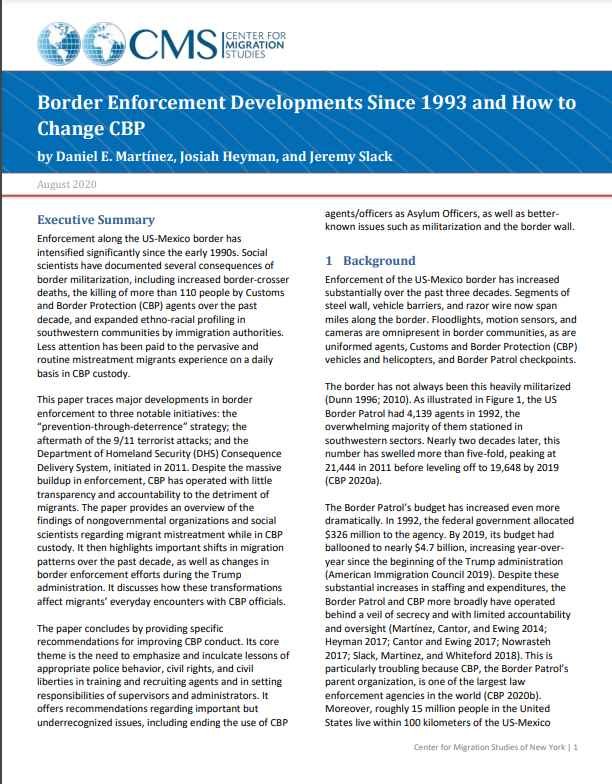By Paul Butcher, Alberto-Horst Neidhardt
Migration remains a salient political issue and a major topic of disinformation. Lies and half-truths about migrants spread freely across the EU. But the narratives and themes used by disinformation actors are not static. As events develop and public concerns shift, so do the types of stories pushed by those seeking to mislead. For example, the COVID-19 pandemic has led to a growing stream of articles linking migrants to infection risks and accusing them of receiving preferential treatment. Disinformation actors have certain advantages over other communicators, as they can promote simplistic or one-sided depictions of migration without regard for truth or accuracy. Rather than seeking to counteract specific claims, such as through fact-checking or counternarratives, communicators and policymakers should instead promote alternative narratives that can undermine the appeal of hostile frames and create ‘herd immunity’ against disinformation. Alternative narratives should especially target those in the ‘movable middle’ who are most open to changing their views, especially as these groups may also be more liable to being influenced by disinformation. This Issue Paper examines nearly 1,500 news articles from four EU member states (Germany, Italy, Spain and the Czech Republic) published between May 2019 and July 2020. It shows that disinformation narratives about migration seek to exploit readers’ fears to polarise public opinion, manufacture discontent, sow divisions and set the political agenda. Disinformation actors link migration to existing insecurities, depicting it as a threat to three partly-overlapping areas: Health (migrants as violent criminals, potential terrorists, or a COVID-19 infection risk); Wealth (migrants as social benefits cheats, unfair competition for jobs, or a drain on community resources); Identity (migrants as a hostile invasion force, a threat to European or Christian traditions, or the subject of a conspiracy to replace white Europeans). An effective communication strategy based on alternative narratives should take account of the following recommendations: The message should aim to reframe the debate. It should resonate with the target audience’s lived experience, acknowledging their values and concerns, but avoid amplifying anxieties. Messages promoting alternative narratives must be timely and reflect the news cycle. Like a vaccine administered at regular intervals, communicators should repeat simple, specific messages that can prompt the best immune response against hostile frames spread by disinformation. The medium should aim to restore trust among groups. Institutions, which are often subject to discrediting campaigns, should prioritise communication through trusted intermediaries who can get messages to the hard-to-reach. They should work in partnership with civil society and local actors to deliver coordinated messages in the right environments. They should seek to reach people ‘where they are’ using the most appropriate communication channel, taking into consideration where their audience consumes information. The selection of the audience should aim to reclaim readers from the fringes. Audiences should be targeted based on their values and what they feel is important. To gain a first hearing, communicators should find an ‘entry point’ where the messenger and audience share common ground. All communicators seeking to promote a more balanced debate should aim to develop messages that can support a single overarching meta-narrative: for example, that migration is a normal phenomenon that can bring benefits to European societies if managed effectively and in full respect of fundamental human rights. More effective communication strategies can help to undermine threat-based discourses about migration. But such narrative strategies must also be backed up by policy changes. Effective policies combined with alternative narratives will go a long way towards resolving the concerns that drive disinformation on migration. A more balanced debate will, in turn, facilitate the adoption of meaningful reforms in line with EU fundamental values and human rights, thus creating a mutually reinforcing cycle of alternative narratives and policymaking
Brussels, Belgium: Foundation for European Progressive Studies (FEPS). 2020. 52p.


















